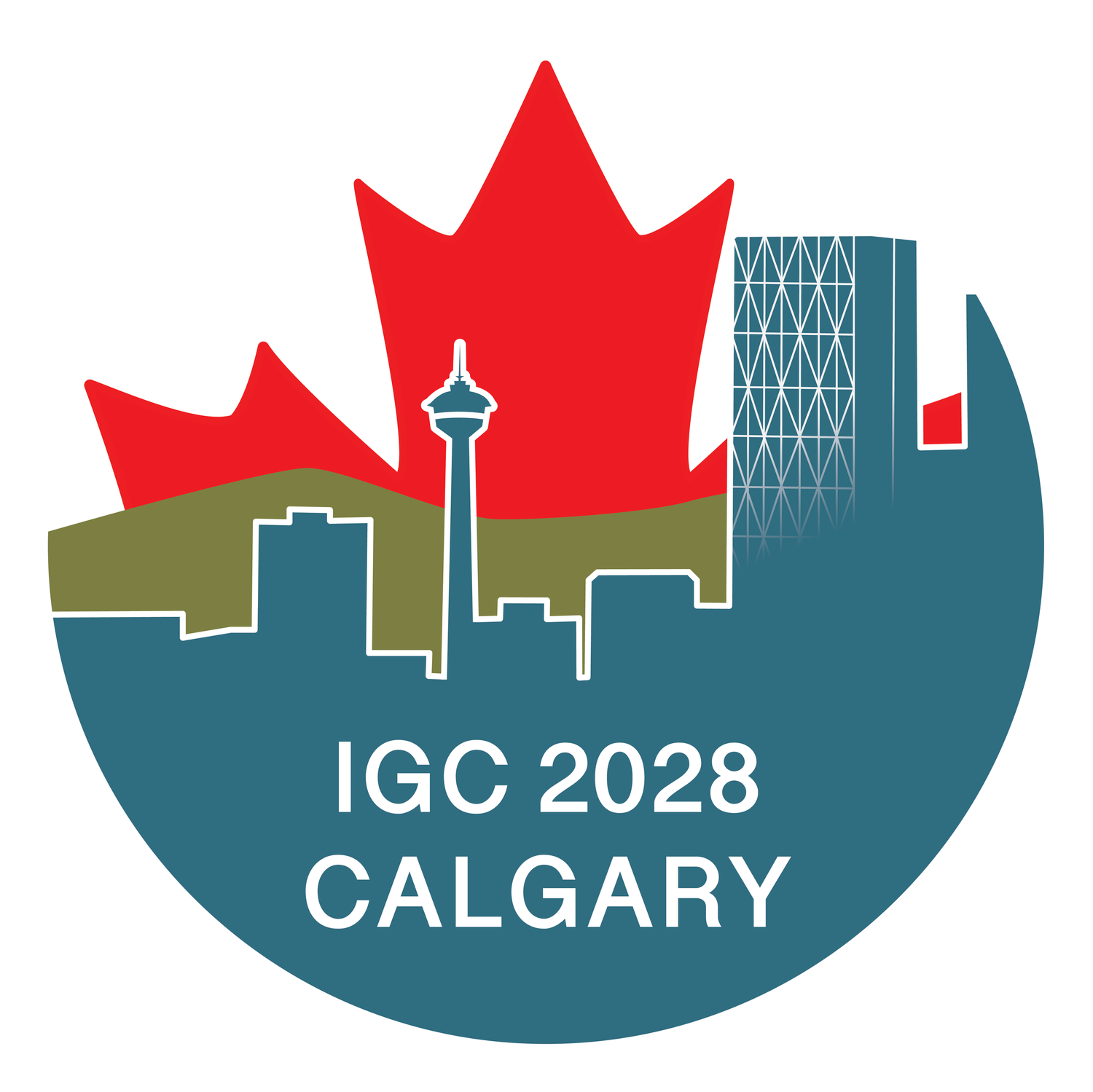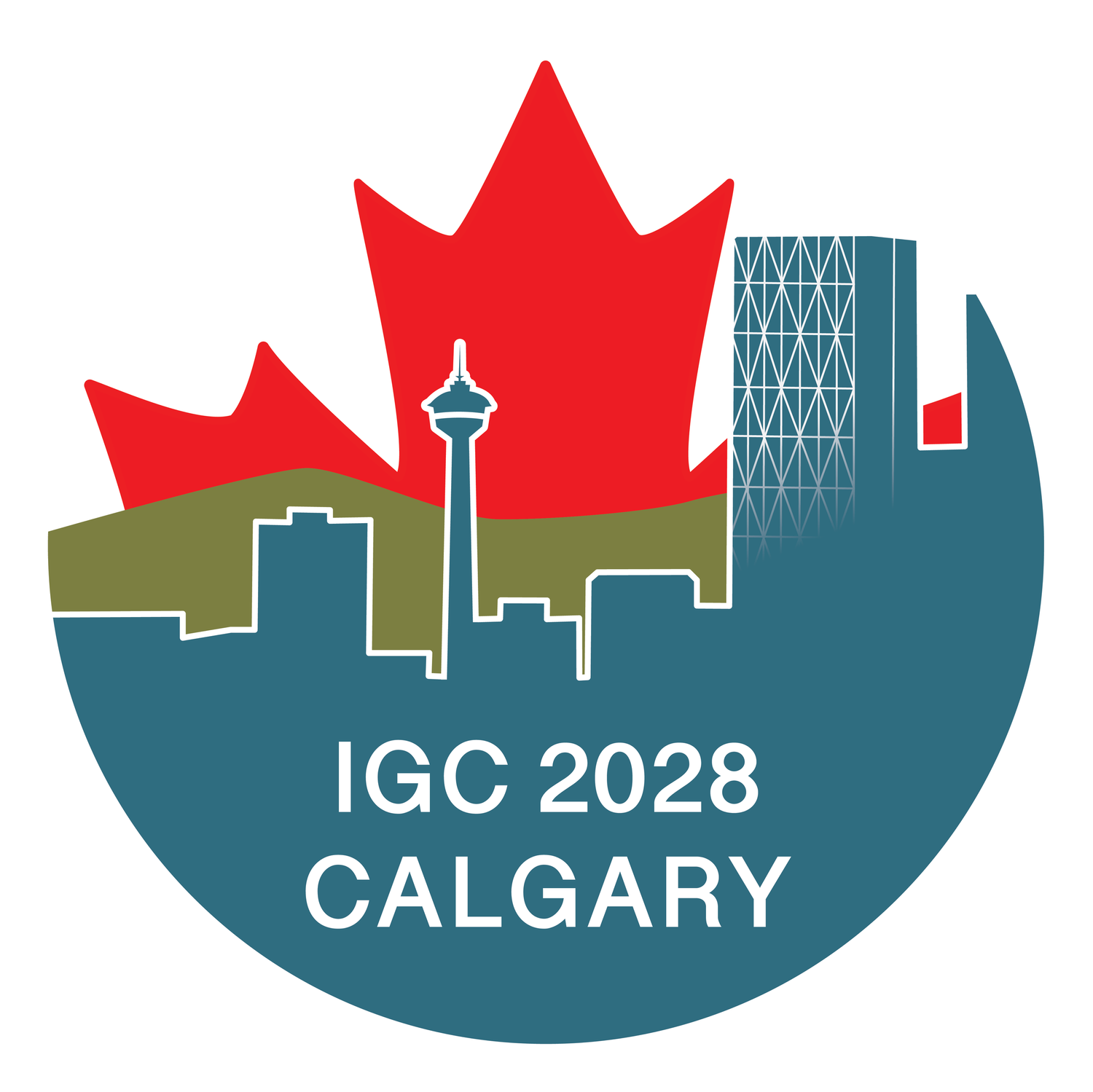The Canadian Shield
The Canadian Shield encompasses about eight million km2 in Canada and forms the core of the North American craton. Most of this region is covered in bogs and boreal forest that have developed following the last glaciation. The Shield has the oldest dated rocks on Earth 4.56 billion years, and a complex history of plate collisions, multiple episodes of mountain building and subsequent erosion. This long geological legacy has provided a vast mineral wealth that is expressed in nickel and copper sulphide deposits, iron and gold and other more exotic minerals. Several field trips will visit this area; some are outlined below.
Uranium Deposits of Northern Saskatchewan
Until recently Canada was the world’s largest producer of uranium and still produces about one-fifth of world supply. The principal producing areas are several mines in northern Saskatchewan. Here participants will be able to review the geological settings of the deposits and depending on mine status, examine deposits in open pit or underground settings.
Excursions will start and end in Saskatoon.
Duration: 4 days.
Sudbury Impact Structure and Evolution of the Impact Melt and Associated Ni-Cu-PGE Mineralization
The 1.85 Ga Sudbury Impact Structure is one of the world’s oldest, largest, best-preserved, and best-exposed extraterestrial impact structures. It also contains some of the world’s largest and most valuable Ni-Cu-PGE deposits, some of which are still in operation, under development, or being defined. The trip will provide an overview of the geology of the Sudbury Structure with an emphasis on the evolution of the impact melt sheet and its relationship to the associated Ni-Cu-(PGE) sulfide ores. We will examine a wide range of spectacular mechanically ± hydraulically-stripped outcrops and road cuts to illustrate: 1) the effects of shock metamorphism on the surrounding target rocks (e.g., shatter cones and pseudotachylites), 2) the crystallization products of the impact melt sheet, 3) the various types of ore-hosting impact breccias, and 4) fall-back and suevitic material from the impact. Sudbury is home to the Harquail School of Earth Sciences and Mineral Exploration Research Centre at Laurentian University, which will host evening lectures. The field trip will start and end in Sudbury and local transportation will be provided.
Duration: 5 days.
Image credit: J St James
Thompson Ni/Cu Sulphide Mining
The Vale (formerly INCO) nickel and copper mines at Thompson, Manitoba can be visited on an excursion from Winnipeg or combined in a more regional tour that moves from Voisey’s Bay in Labrador, through Sudbury, Ontario, to Thompson, Manitoba. Participants will have the opportunity to review the geological setting of the mine within the greenstone belt. Transportation will be by commercial flights to and from Winnipeg and by bus at Thompson.
Duration: 3 days.
Image credit: Manitoba Geological Survey
The Abitibi Greenstone Belt
Timmins – Val-d’Or region will be the location of several cross-border Quebec/Ontario excursions to examine this historic gold/ zinc/ copper/ silver region from which (at today’s prices) about 225 billion dollars worth of gold has been extracted since 1900. The greenstone belt has also produced over ~80 million tonnes of zinc, ~3.5 million tonnes of copper, and 12,500 tonnes of silver, most of which was mined in and around Timmins, Ontario. The excursion will start and end at Montreal. Transport in the region will be by bus.
Duration: 5 days.
Image credit: E van Hees
Lac du Bonnet Nuclear Storage Test Facility
In the south of Manitoba, Atomic Energy of Canada Ltd established a monitoring facility to replicate potential conditions for underground nuclear “waste” storage within the Late Archean (2.6 Ga) Lac de Bonnet Batholith. Substantial work has been conducted on the geology, mineralogy and hydrology of this facility and a field trip is proposed to examine these relationships. The field trip will start and end in Winnipeg and will be combined with other day trips to nearby sites of geological interest. The excursion will start and end in Winnipeg.
Duration: 3 days.
The Manicouagan Impact Crater
This large impact site is clearly visible from space and is believed to have been caused by the impact of a 5km diameter asteroid dated at 215.5 million years ago. This and several other impact sites in Quebec are proposed for visiting.
Duration: 5 or 6 days (weather dependent).
Image credit: Google Earth (imagery from 10/04/2013)
Geology of the North Shore of Lake Superior from Thunder Bay
Canada is home to approximately 20% of the world’s fresh water. Lake Superior, one of the five “great lakes”, exemplifies the starkly beautiful landscape of northern Ontario. This excursion will look at the general Shield geology and scenery along the North Shore of Lake Superior, stopping at different outcrops such as Ouimet Canyon, the Amethyst deposits near Thunder Bay, the “Sleeping Giant” and Silver Islet and the Hemlo Gold Mine area as well as other areas of interest. The field trip will start and end at Thunder Bay and local transport will be by bus.
Duration: 5 days.
Image credit: J. Hodges
Labrador Grenville Province Transect
This excursion would start in Red Bay, Labrador, follow a transect along the Trans-Labrador highway and conclude in Quebec City. Participants will have the opportunity to review the geology across the Grenville Province and the iron ore mines of the Labrador Trough.
Duration: 7 days.
Image credit: Newfoundland and Labrador







